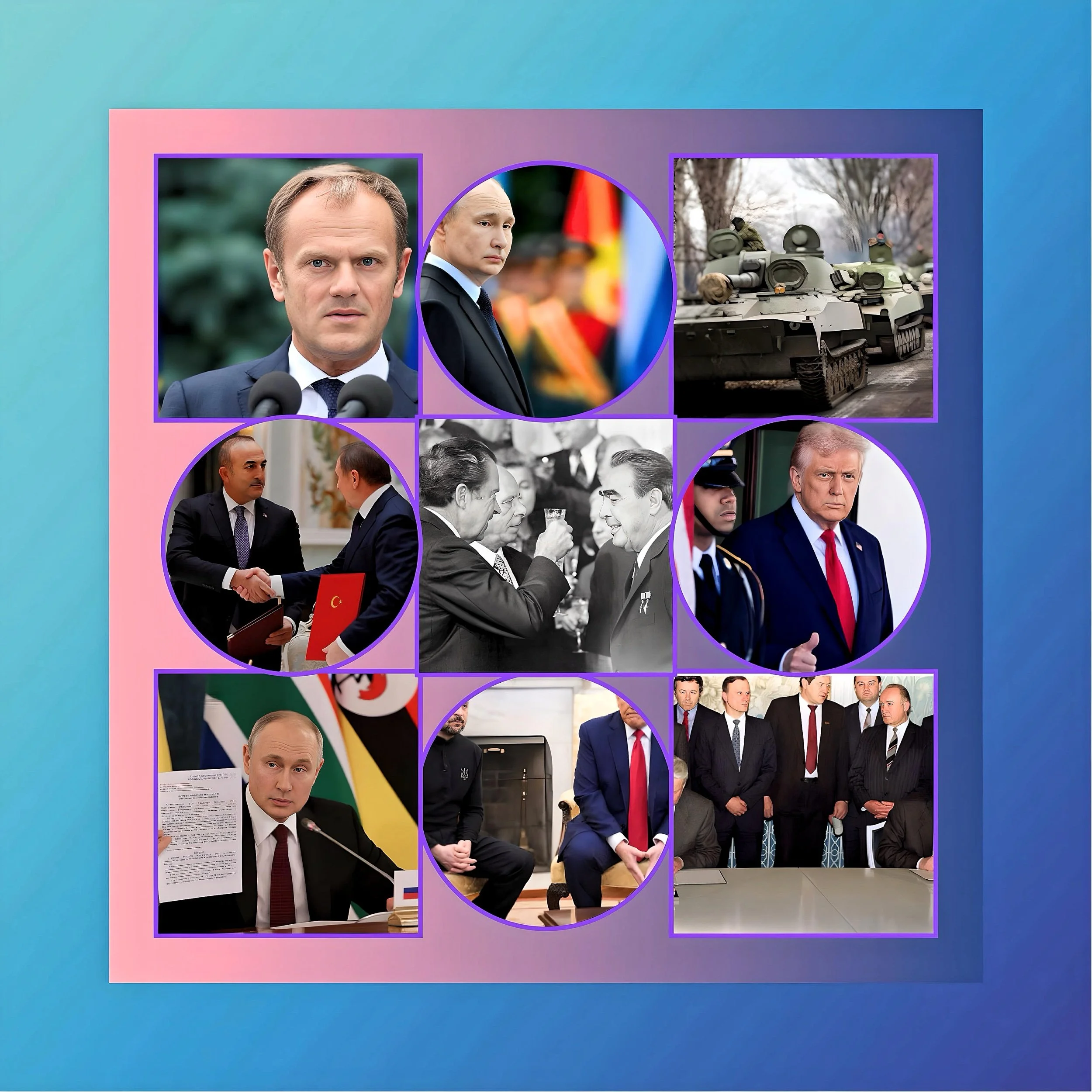Strategic Calculus Behind Ukraine’s Mineral Agreement and EU Military Aid
Introduction
Ukraine’s decision to finalize a minerals agreement with the United States while securing a €20 billion military aid package from the European Union reflects a nuanced strategy to address immediate defense needs and long-term economic recovery amidst shifting geopolitical dynamics.
This dual approach underscores President Volodymyr Zelensky’s efforts to balance reliance on Western allies amid wavering U.S. support under the Trump administration and Russia’s relentless aggression.
The Minerals Agreement: Securing U.S. Economic Stake
Revised Terms and Strategic Compromises
The U.S.-Ukraine minerals deal, finalized after months of contentious negotiations, represents a pragmatic concession by Kyiv. Initially, the Trump administration demanded $500 billion in potential revenues from Ukraine’s vast mineral resources—including lithium, titanium, and hydrocarbons—as compensation for prior military aid. Zelensky rejected this as tantamount to “selling the state,” but the final agreement softened these terms:
Revenue Sharing: Ukraine will allocate 50% of future revenues from state-owned mineral resources to a jointly managed Reconstruction Investment Fund (RIF), which will be used to rebuild infrastructure and support economic recovery.
Exclusions for Existing Assets: Resources already under development by state-owned entities like Naftogaz and Ukrnafta are exempt, preserving Ukraine’s current revenue streams.
No Direct Security Guarantees: The deal avoids binding U.S. military commitments, a critical Ukrainian demand that remained unmet.
Zelensky aims to anchor U.S. economic interests in Ukraine’s post-war recovery by agreeing to these terms.
The RIF creates a mutual stake in Ukraine’s stability, potentially deterring future Russian aggression by aligning American capital with Kyiv’s success. However, the absence of security guarantees leaves Ukraine dependent on European military support.
EU’s €20 Billion Military Aid: Countering U.S. Retreat
Filling the Void Left by Washington
The EU’s €20 billion package—triple earlier estimates—prioritizes artillery, air defense systems, and drones, addressing urgent battlefield shortages. This surge in European support coincides with Trump’s transactional approach to Ukraine, which has included
Publicly blaming Zelensky for the war and labeling him a “dictator” for postponing elections under martial law.
Pushing unilateral ceasefire talks with Russia that exclude Ukraine and the EU.
Threatening to halt military aid unless Kyiv concedes to U.S. economic demands.
Thus, the EU’s aid serves as a strategic counterweight, ensuring Ukraine’s military resilience even as U.S. support grows conditional. Brussels has also reinforced Zelensky’s political legitimacy, with the European Commission affirming his democratic mandate and rejecting Trump’s claims.
Zelensky’s Dual Strategy: Balancing Immediate and Long-Term Needs
Mitigating U.S. Unpredictability
The minerals deal secures a veneer of continued U.S. engagement, crucial for maintaining bipartisan Congressional support and deterring Moscow. While Trump frames the agreement as recouping taxpayer dollars, Kyiv views it as a bridge to future cooperation. As one Ukrainian official noted, the RIF could evolve into a mechanism for channeling private U.S. investments into reconstruction.
Locking in European Security Commitments
The EU’s aid package—part of a broader €48.7 billion military commitment—signals Europe’s readiness to assume greater responsibility for Ukraine’s defense.
Initiatives like the Ukraine Assistance Fund (€11.1 billion via the European Peace Facility) and the EU Military Assistance Mission (training 50,000 Ukrainian soldiers) underscore this shift.
By accepting EU aid, Zelensky diversifies Ukraine’s reliance away from the U.S., reducing vulnerability to Trump’s caprices.
Domestic and Geopolitical Messaging
Domestically, Zelensky faces criticism over the minerals deal, particularly from citizens wary of foreign exploitation. However, the revised terms—excluding active reserves and emphasizing post-war reconstruction—have tempered backlash. Internationally, the dual agreements project resilience: Ukraine is neither capitulating to U.S. demands nor relying solely on Europe.
Risks and Unresolved Tensions
The Trump Factor
Trump’s insistence on a rapid ceasefire—potentially freezing frontlines in Russia’s favor—remains a wildcard. His recent outreach to Putin, including bilateral talks in Saudi Arabia, has alarmed Kyiv and Brussels. The minerals deal does little to constrain Trump’s diplomatic freelancing, leaving Ukraine exposed to U.S.-Russia negotiations that could sacrifice its territorial integrity.
EU Cohesion Challenges
While the €20 billion package reflects broad consensus, Hungary’s opposition and Germany’s electoral uncertainty threaten delays. Moreover, Europe’s defense-industrial capacity remains strained, risking supply bottlenecks for critical munitions.
Reconstruction vs. Security
The RIF’s success hinges on post-war stability. With 15% of Ukraine’s mineral reserves under Russian occupation, Moscow could disrupt extraction efforts. Meanwhile, the lack of U.S. security guarantees forces Kyiv to depend on EU aid for survival—a precarious equation if American disengagement deepens.
Conclusion
A High-Stakes Balancing Act
Zelensky’s simultaneous pursuit of the minerals deal and EU military aid reflects a multidimensional strategy to navigate an increasingly fractured Western alliance.
By conceding economic stakes to the U.S., he seeks to preserve a lifeline to Washington while Europe assumes the defense burden. However, this approach carries significant risks: Trump’s unpredictability, EU fragmentation, and the unresolved question of reconciling reconstruction with ongoing warfare.
Ultimately, Ukraine’s fate hinges on whether these agreements can buy enough time—and resources—to outlast Russian aggression. As Zelensky asserted, “A ceasefire won’t work with Putin
Ukraine wants peace, but it must be just and lasting”. The minerals deal and EU aid are tactical steps in that marathon, but the finish line remains distant.






